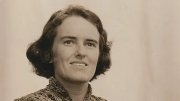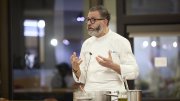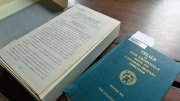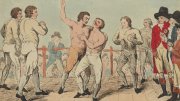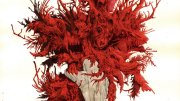When a forest fire broke out on the Wyoming dude ranch where Barbara Lawrence was working as a teen in the 1920s, she threw herself into feeding the exhausted men returning from fighting the blaze. When it was all over, the grateful foreman said, “Bobby, if there is ever anything I can do for you, you tell me.” “Yes,” she replied in a flash: “I want you to hire me next year—not as a cabin girl, but as a hand.”
That intrepid nature served her well on natural-history collecting expeditions for the Museum of Comparative Zoology (MCZ) in the 1930s, first in the Mojave Desert and then in the jungles of Southeast Asia. In the Philippines, “Although I set traps and gunned for all kinds of mammals and birds,” she wrote, “it was bats I wanted especially. I walked for miles through hemp plantations shaking the curled-up leaves to dislodge some of the small, flower-feeding kinds…and cautiously ventured into the supposedly crocodile-infested swamps of southern Mindanao in search of…the biggest bats of all”— some with five-foot wingspans. On the slopes of Mount Halcon, “people clustered around the tiny pool of light on my skinning board to murmur at the strange doings of this first white woman they had ever seen.” One night on Nias island, off Sumatra’s west coast, she was awoken by an urgent summons and emerged in nightgown and kimono carrying a shotgun, still unsure what she was supposed to see. It was an owl, “which obligingly waited to be shot. A repeat performance some hours later collected its mate.”
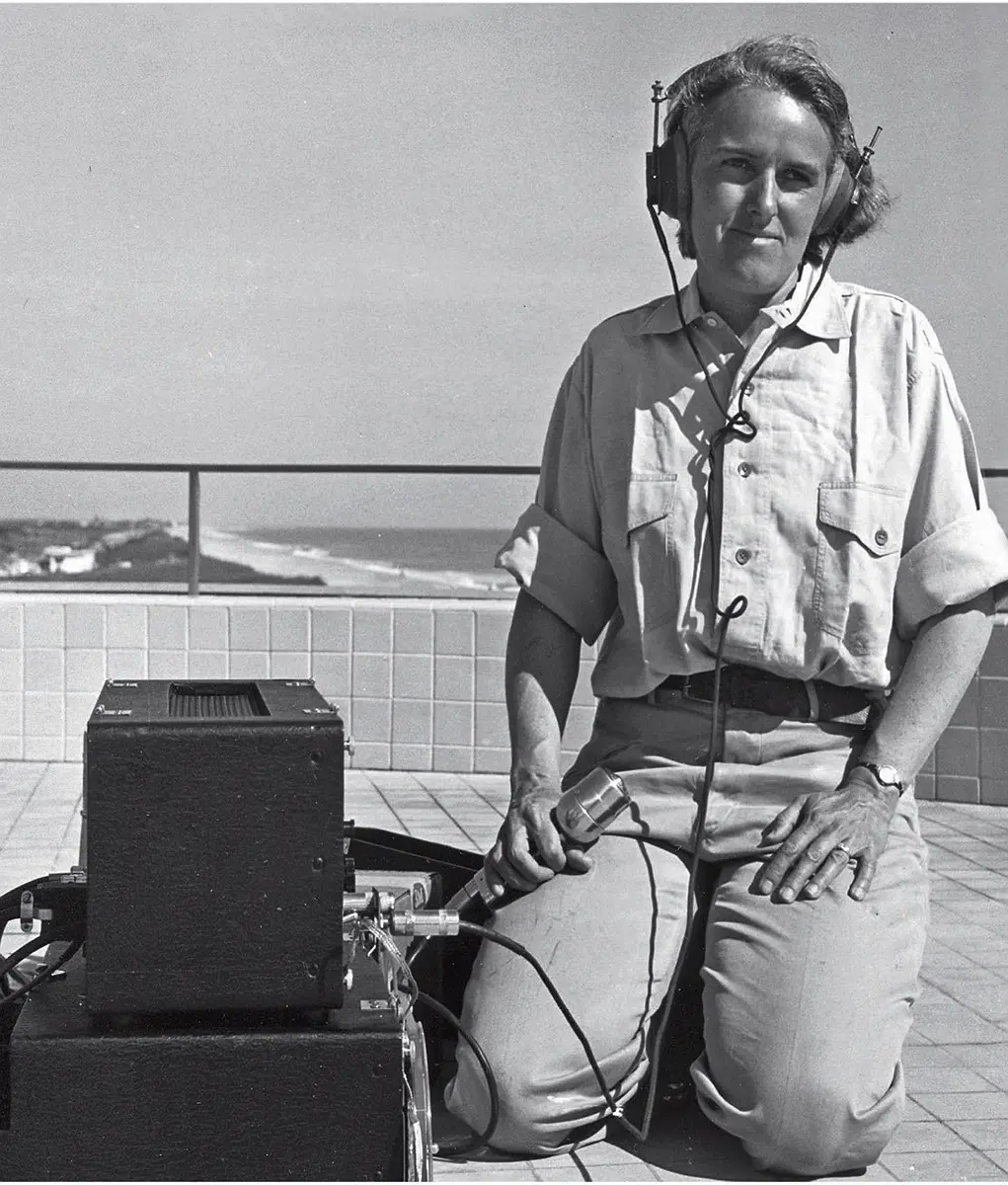
Lawrence grew up in Concord, Massachusetts, and graduated Phi Beta Kappa from Vassar, majoring in zoology. Orphaned during her sophomore year, she had grown close to the family of oceanographer Henry Bryant Bigelow, A.B. 1901, Ph.D. ’06, S.D. ’46, a Harvard professor and founder of the Woods Hole Oceanographic Institute. Her career at the MCZ began in 1931, the summer she graduated, with volunteer work in the mammal department. Encouragement from “men whose knowledge, wisdom, curiosity, enthusiasm, and humour seemed to make the world they lived in without horizon”—museum director Thomas Barbour ’06, Ph.D. ’11, and curator of mammals Glover Allen ’01, Ph.D. ’04—persuaded her to undertake the expeditions that marked the beginning of her scientific career.
She became a pioneer in many realms, from zooarchaeology—the identification of animal remains at archaeological sites—to studies of echolocation in whales, conducted with her husband, William Schevill ’27, A.M. ’29, who was the MCZ librarian and assistant curator of invertebrate paleontology when they married in 1938. Returning from their honeymoon, the pair stopped at a beach in Virginia, where she dissected a pygmy sperm whale that had died during a stranding and sent it back to the MCZ. In 1948 and 1949, on the Saguenay River in Quebec, Canada, the two of them made the first recordings of whale vocalizations that conclusively tied them to their cetacean source (Delphinapterus leucas).
They then explored the possibility that marine mammals might use echolocation to track their prey, setting up an experiment on Nonamesset Island, off the Massachusetts coast, to test the hypothesis. A 450-pound porpoise, Tursiops truncatus, was flown in and kept in a salt pond on the island for 77 days before being released in October, while the family (now including a boy of six and a girl of eight) camped by the pond in a surplus army tent. Technical problems prevented Schevill from making the precise acoustic measurements he had planned, but “Fortunately, largely because of the efforts of Miss Lawrence,” he wrote in their subsequent paper, “we were able to salvage some science in publishing a behavioral study of the porpoise.” By demonstrating conclusively that it used echolocation to find prey, they launched the broad study of whale bioacoustics. Although her husband took the lead on most of their joint whale research, it was Lawrence who conducted the anatomical studies of their breathing, buoyancy reduction, and vocalization apparatus.
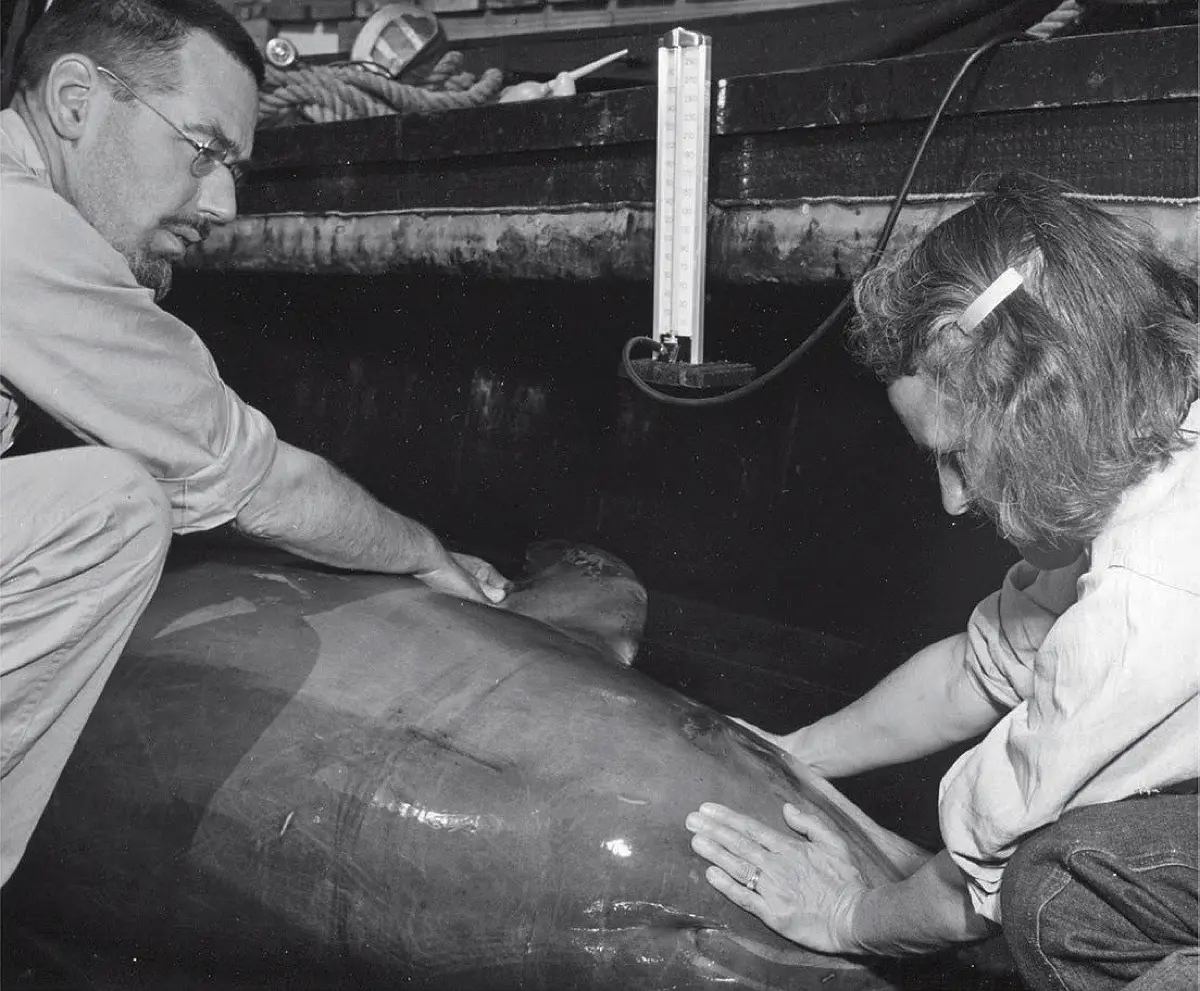
“Miss Lawrence” (she maintained her maiden name professionally) became the MCZ’s curator of mammals in 1952. From then until her retirement in 1976, she became increasingly interested in ethnobiological questions, motivated initially by zooarchaeological findings that the Basketmaker culture in the American Southwest kept native dogs. In 1956, at the National Academy of Sciences, she participated in a special conference on “The Identification of Non-Artifactual Archaeological Materials”—faunal remains at prehistoric human sites—and was instrumental in the founding of the International Council of Archaeozoology. Her interest later expanded into research in the Middle East on the domestication of animal species generally, work she continued in retirement. Closer to home, the ardent conservationist urged Harvard to acquire Estabrook Woods in her beloved Concord, and the Field Station, where scientists now study animal locomotion at a former Nike missile site (the enormous subterranean silo there houses whale skeletons).
Her students remember her as a person of warmth, enthusiasm, and encouragement, though she held them to the highest scientific standards. The Society of Ethnobiology’s Lawrence Award, established in 1987 and conferred annually for the best paper by a graduate student or first-year postgraduate, honors her legacy. Commitment to the pursuit of knowledge in natural history was integral to her spirit. Of Thomas Barbour, her most important mentor, she once wrote an encomium that could as easily apply to her: “Tangible things are easy to give, but to know and love a bit of the world so well that you can give it to someone else, as Dr. Barbour could, is a rare talent.”
Our thanks to Edward Schevill, Lawrence’s son, for the opening anecdote and the material quoted (with permission) from the Winsor Graduate Bulletin.
